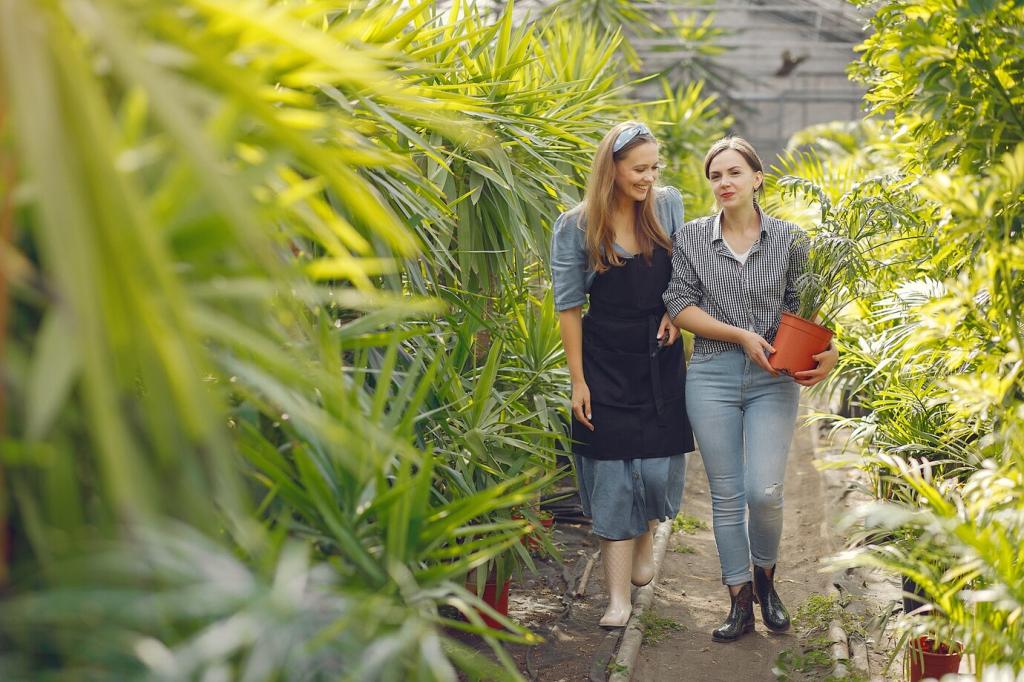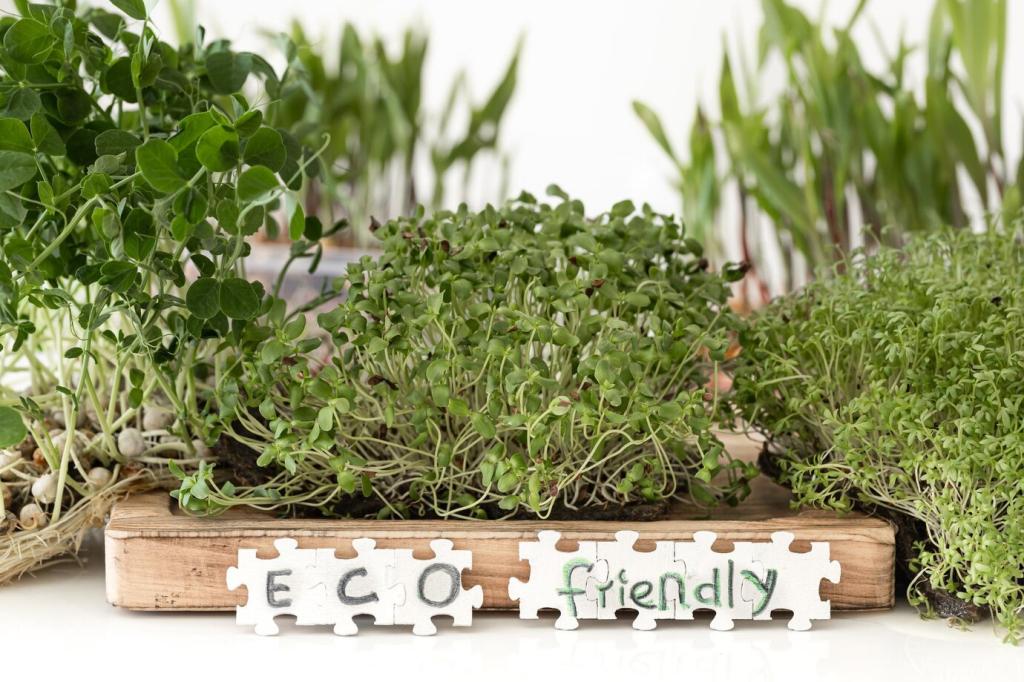Start Today: From Balcony Box to Green Roof
Check sunlight, wind exposure, and structural limits. Seek building approvals early, and consult professionals for load and waterproofing. Even if a full green roof is not feasible, window boxes and modular panels can start supporting pollinators and guiding future upgrades with documented success.
Start Today: From Balcony Box to Green Roof
Choose native species that offer nectar, pollen, and larval food. Plan bloom succession across seasons, and include night-scented flowers for moths. Add evergreen structure for winter shelter. Share your plant list in the comments, and subscribe to receive quarterly, climate-tailored palette updates and planting diagrams.







